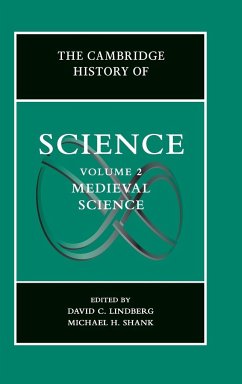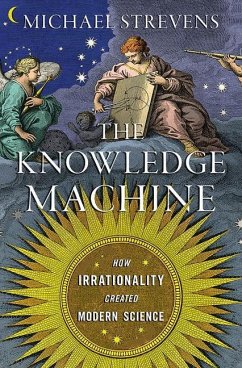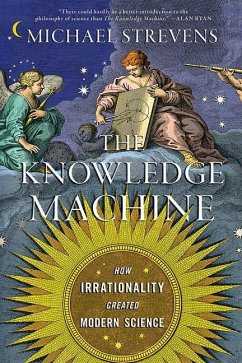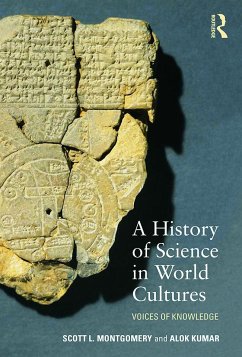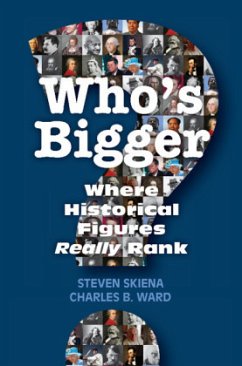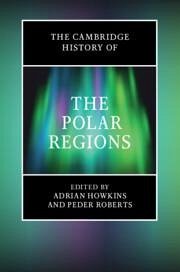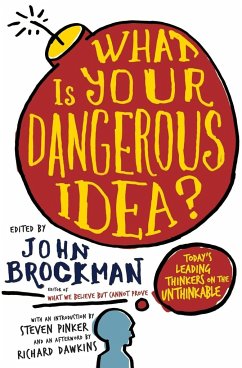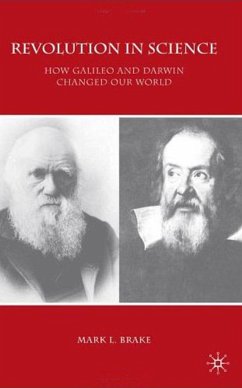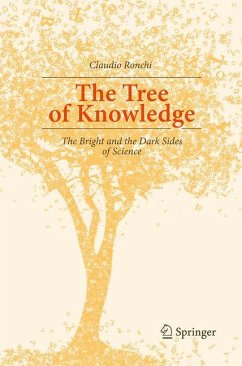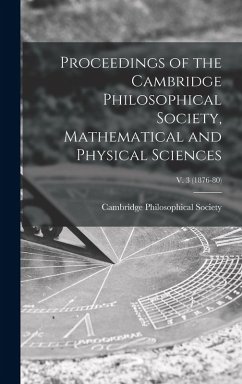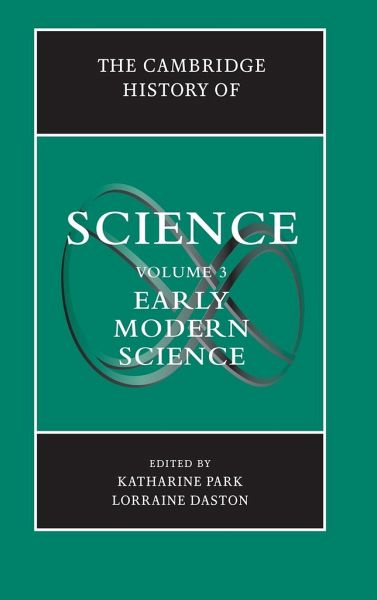
The Cambridge History of Science
Volume 3, Early Modern Science
Herausgegeben von Park, Katharine; Daston, Lorraine

PAYBACK Punkte
137 °P sammeln!
This book provides a comprehensive account of knowledge of the natural world in Europe, c.1500-1700. Often referred to as the Scientific Revolution, this period saw major transformations in fields as diverse as anatomy and astronomy, natural history and mathematics. Articles by leading specialists describe in clear, accessible prose supplemented by extensive bibliographies, how new ideas, discoveries, and institutions shaped the ways in which nature came to be studied, understood, and used. Part I frames the study of 'The New Nature' in the sixteenth and seventeenth centuries. Part II surveys ...
This book provides a comprehensive account of knowledge of the natural world in Europe, c.1500-1700. Often referred to as the Scientific Revolution, this period saw major transformations in fields as diverse as anatomy and astronomy, natural history and mathematics. Articles by leading specialists describe in clear, accessible prose supplemented by extensive bibliographies, how new ideas, discoveries, and institutions shaped the ways in which nature came to be studied, understood, and used. Part I frames the study of 'The New Nature' in the sixteenth and seventeenth centuries. Part II surveys the 'Personae and Sites of Natural Knowledge'. Part III treats the study of nature by discipline, following the classification of the sciences current in early modern Europe. Part IV takes up the implications of the new natural knowledge for religion, literature, art, gender, and European identity.





